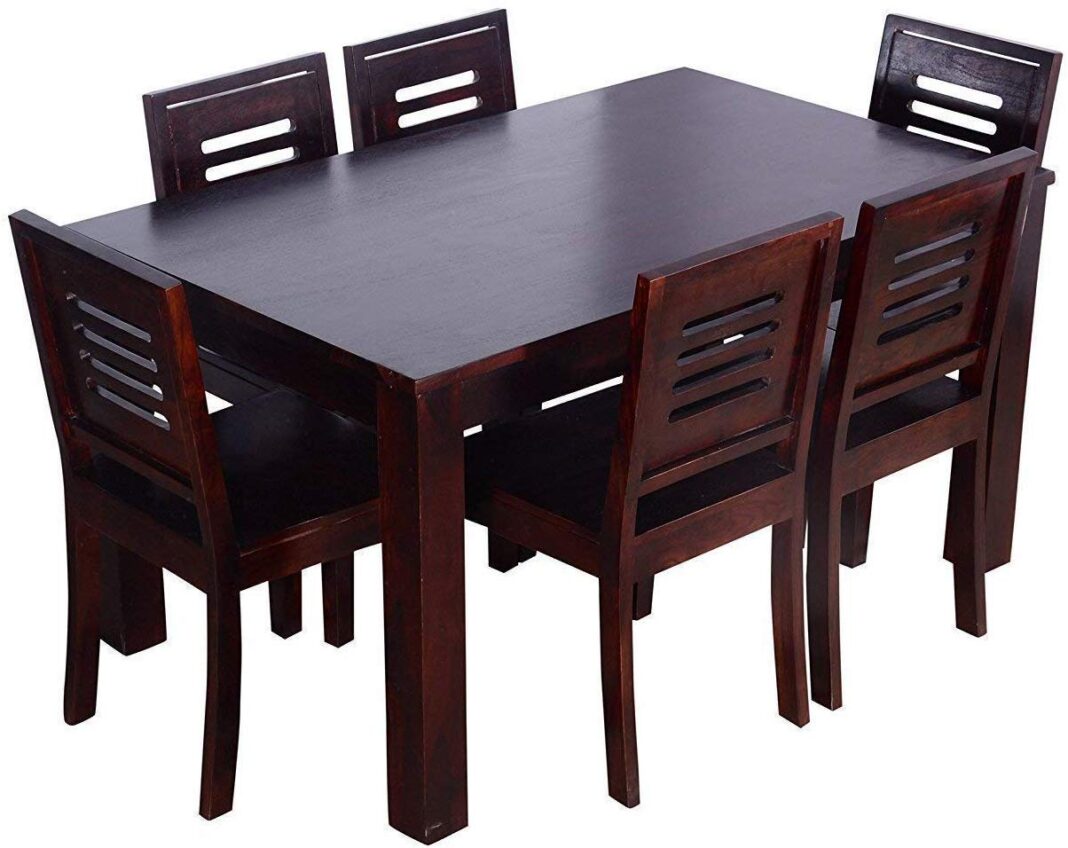When it comes to choosing a dining table, there are many things to consider: size, shape, height, width, materials, and style. But one of the most important factors to think about is the shape of the table. The shape of your dining table can have a big impact on both the look and feel of your dining room, as well as how well the table functions for your needs.
There are three main shapes that dining tables come in: round, rectangle, and oval. Each shape has its own unique set of pros and cons that you’ll need to consider before making a decision. In this article, we’ll take a closer look at each shape so you can decide which one is right for you.
Round Tables
Round dining tables are perhaps the most popular shape when it comes to dining tables. They’re classic, they work well in small spaces, and they can seat a lot of people (depending on the size of the table). Round tables are also great for families with young children because there are no sharp corners for little ones to bump into.
Rectangle Tables
Rectangle tables are a more traditional shape for dining tables. They tend to be larger than round tables, which makes them great for hosting dinner parties or large gatherings. Rectangle tables also give you the option of adding a leaf to extend the length of the table, which can be helpful if you have unexpected guests.
Oval Tables
Oval tables are similar to rectangle tables in terms of size and function. However, the oval shape can provide a softer look for your dining room, and it can be easier to squeeze an oval table into a smaller space than a rectangle table.
Pros and Cons of Each Shape
Now that you know a little bit more about each shape, let’s take a look at the pros and cons of each one.
Round Tables:
Pros:
-Classic shape
-Can seat a lot of people
-Great for small spaces
-No sharp corners
Cons:
-Can be difficult to find chairs that fit snugly against the table
-Not as many design options as other shapes
Rectangle Tables:
Pros:
-Traditional shape
-Plenty of room for guests
-Can add a leaf to extend the table
Cons:
-May not fit in smaller spaces
Oval Tables: Pros: -Similar to a rectangle table in terms of size and function
-Softer look
-Can be easier to squeeze into a smaller space
Cons: -Not as many design options as other shapes
Which Shape is Best for Small Spaces? If you’re tight on space, then a round or oval table might be the best option for you. These shapes can easily be squeezed into small nooks and corners, and they’ll still leave plenty of room for guests to move around. Rectangle tables are also a good option for small spaces if you don’t mind sacrificing a little bit of walkway space.
Which Shape is Best for Large Spaces? If you have a large dining room, then you have more flexibility when it comes to choosing a table shape. All three shapes will work well in a large space, but a rectangle or oval table will give you the most room for guests.
How do I choose the right size table?
The size of your table should be based on both the size of your dining room and the number of people you plan on seating at the table. If you have a small dining room, then you’ll need to be more selective about the size of your table. Round and oval tables are usually available in smaller sizes, which makes them a good option for small spaces. Rectangle tables can also work in small spaces if you choose a smaller size or if you’re willing to sacrifice a little bit of walkway space.

















